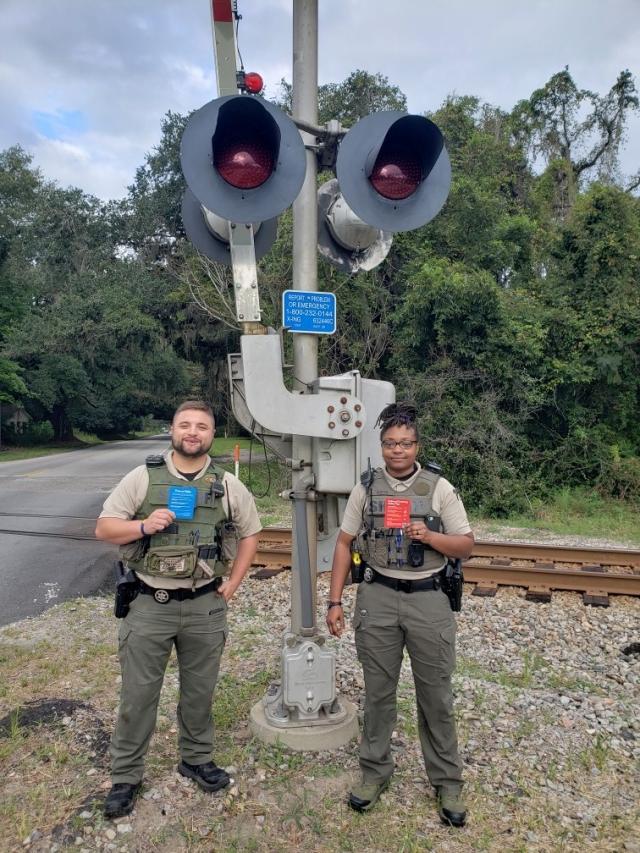Next week will mark Operation Lifesaver’s first “See Tracks? Think Train” week, formerly known as “Rail Safety Week”. It has been nearly two centuries since what is now Canada saw its first train, making this mode of transportation older than Canada itself. Yet the statistics on rail safety don’t jive with the fact that we have had 192 years of practice.
More than 2,300 people are injured or killed annually in railroad crossing and trespass incidents in North America. Over 60% of incidents happen at crossings that have working warning lights (and typically gates as well). In other words, not only are rail casualties still far too common, but they are sometimes happening in ways that suggest an attempt to “beat the train” was at fault.
Far too many people still believe trains can stop quickly – they can’t. A train travelling at the speed limit will typically take a mile or more to stop. Grade crossings in Canada are only mandated to provide 20 seconds of warning before a train reaches the crossing. In other words, once those lights and gates are active, a train will be coming through one way or the other.
Many typical scenarios for grade crossing accidents are not simply acts of stupidity or risk taking. Sometimes, vehicles stall on the tracks, and the driver and passengers don’t know what to do. The correct answer is to get everyone out of the vehicle and look for the blue sign just below the crossbuck “X”, and call the number to report the crossing number listed on the sign. Dispatchers may be able to stop area train traffic, and authorities can be dispatched to help.
Sometimes drivers enter a crossing when the area immediately in front of the tracks is blocked by another vehicle (one waiting to turn, for example), only to have a train approach with nowhere to go. To prevent this, never drive onto the tracks until you have enough space to safely clear them. This is especially important in cities, where traffic lights and rush hour traffic may create situations where cars could be stuck on the tracks for minutes at a time. Remember, the flashing lights, bells and gates only give 20 seconds of warning.
Sometimes drivers may go around gates or begin driving before the lights stop flashing once the last train car goes by, only to be hit by a second train at crossings that have two or more tracks. When there are two or more tracks, always assume there may be another train! The number of tracks is listed under the crossbuck “X”.
Of course, there are many more situations where a driver who is otherwise cautious could be caught in a bad situation at a level crossing due to inattention, or a lack of knowledge about trains and the dangers they can pose. As we approach “See Tracks? Think Train” week, remember that your best defense is to pay attention, use common sense, and respect trains for the mighty machines that they are.

